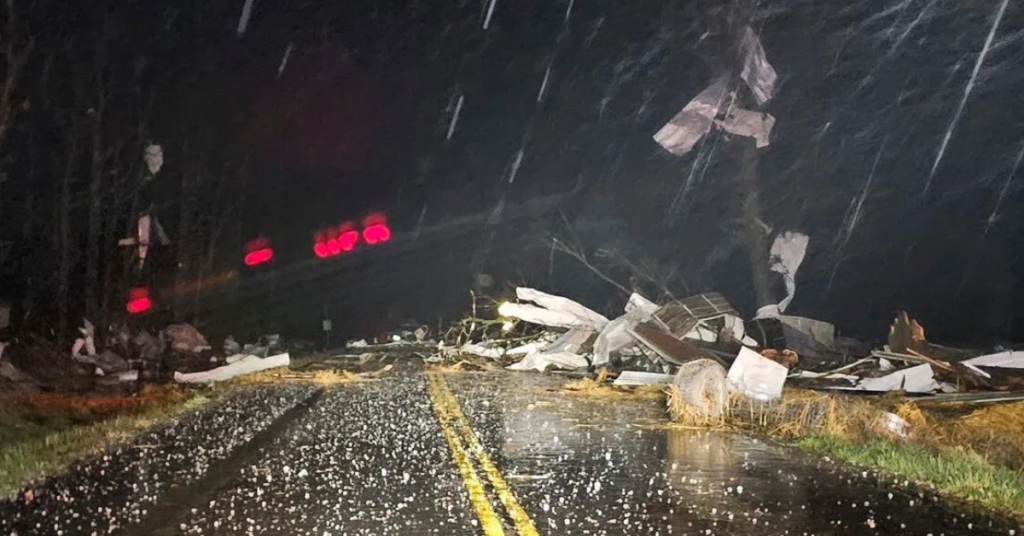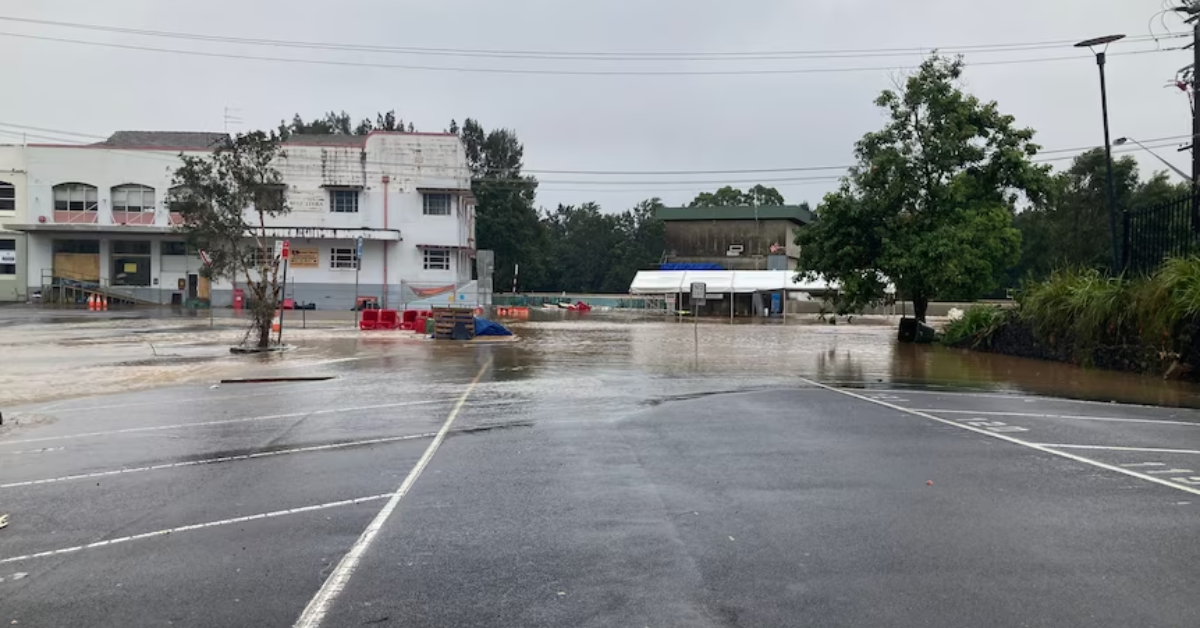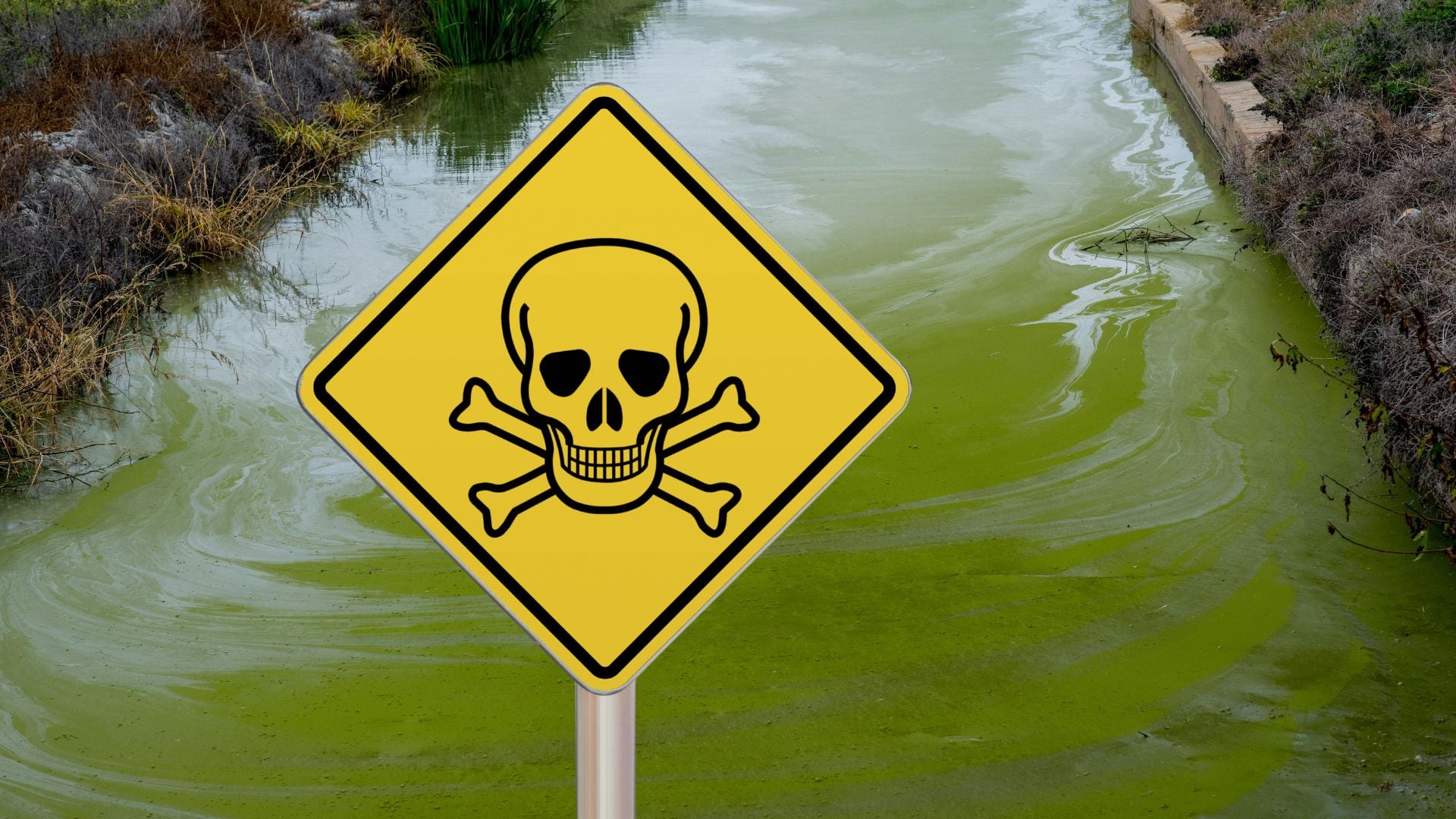Severe weather is expected to strike parts of Arkansas, Missouri, and Illinois in the coming days. The National Weather Service (NWS) has issued warnings and advisories for these areas as conditions worsen. Thunderstorms, strong winds, hail, and possible tornadoes are all on the table, making it essential for residents to stay updated and prepared.
The weather event will unfold during the latter part of the week, beginning on Thursday, with the most intense conditions expected Friday afternoon and evening. The forecast warns that the storms could bring heavy rain and localized flooding. Emergency response teams are on standby, and local authorities are encouraging residents to take precautions now, as this could become a dangerous situation for those in affected regions.
What to Expect from This Severe Weather
Forecasters are calling this weather event an “outbreak” because it could bring widespread severe thunderstorms and conditions ripe for tornado development. The main threats include:
- Severe Thunderstorms: These storms have the potential to cause damage, with high winds reaching up to 60 mph. Gusty winds can easily uproot trees, blow off roofs, and lead to power outages.
- Large Hail: Some areas may experience hailstones the size of golf balls or larger. These can damage crops, cars, roofs, and windows. Hail damage is often underestimated, but it can cause significant property destruction.
- Tornadoes: While not everyone in the affected areas will experience tornadoes, some locations could see twisters. Tornadoes are particularly dangerous due to their unpredictability and strength. It’s essential to have a plan in place in case a tornado warning is issued.
- Heavy Rain and Flooding: Substantial rainfall is expected, potentially leading to flash flooding. Low-lying areas near rivers and streams are particularly at risk.
These weather threats will be present throughout the day on Friday and will continue through the night, which means people need to stay aware, especially when traveling. The storm’s progress could change, and it’s crucial to monitor weather updates in real time.
How to Prepare for Severe Weather
Residents in the affected areas should prepare for the possibility of dangerous weather conditions. Here are a few safety tips:
- Stay Informed: Monitor weather forecasts and alerts closely. The NWS and local news stations will provide continuous updates about the situation. Make sure you have access to a reliable weather app or a battery-powered weather radio.
- Create an Emergency Kit: Pack essentials such as flashlights, batteries, a first-aid kit, medications, non-perishable food, and bottled water. If the storm causes power outages, you may need to rely on these supplies.
- Have a Plan: Know where the nearest storm shelter or safe area in your home is, such as a basement or an interior room without windows. This is crucial if you live in a tornado-prone area.
- Secure Property: Ensure that outdoor objects like lawn furniture, garbage cans, and toys are either brought indoors or secured. In high winds, these items can become projectiles, damaging your property or others’.
- Know Flooding Risks: If you live near a river or in a flood-prone area, make sure you know the flood routes and have an evacuation plan. Avoid traveling if rain is heavy or flood warnings are issued.
- Remain Calm and Stay Indoors: If a tornado or severe thunderstorm warning is issued, stay indoors and away from windows. It’s crucial to keep calm and wait until the all-clear signal is given.
A Look at the Affected Regions
The threat is primarily centered around parts of Arkansas, Missouri, and Illinois, but it could extend to surrounding areas. Some cities and counties in these states may experience direct impacts, while others will be on the periphery of the storm system.
- Arkansas: Central and eastern parts of the state are at higher risk for severe storms, particularly later in the day. Areas like Little Rock and Hot Springs may see storm activity, with the possibility of tornadoes or large hail.
- Missouri: Missouri’s southern and central regions will experience the brunt of the severe weather, particularly the areas around St. Louis, Springfield, and Cape Girardeau. These locations may be at risk for both strong winds and possible tornadoes.
- Illinois: Severe weather will stretch into central and southern Illinois, impacting cities like Springfield and Carbondale. The area could experience dangerous conditions, with a focus on intense thunderstorms and strong winds.
The National Weather Service is closely monitoring the situation, and residents are encouraged to stay informed and heed any warnings issued by local authorities.
What Emergency Officials Are Saying

Local emergency management officials are urging everyone in the affected areas to take the necessary steps to prepare and stay safe. They recommend having multiple ways to receive weather alerts and suggest that people follow shelter-in-place procedures if severe weather strikes.
In areas where tornadoes are a risk, officials are reminding people that tornadoes can form rapidly, with little warning. Therefore, they advise everyone to have a safe location to go to if the weather turns dangerous.
Local utilities and public service companies are also on alert to restore power in case outages occur. Many areas are still recovering from recent storms, and officials are working hard to ensure public safety.
The Outlook After the Storm
Once the severe weather system moves through on Friday evening, conditions should begin to calm down. However, cleanup and recovery efforts will take time, particularly in areas that experience tornadoes, hail damage, or flooding. It’s important to give emergency responders time to assess the damage and provide assistance where needed.
Looking ahead, temperatures will return to normal over the weekend, and the storm’s aftermath should ease by Saturday. However, residents are still urged to monitor updates as aftereffects, such as flooding or debris, could continue to pose risks.
Conclusion
While severe weather can be unpredictable, being prepared and staying informed is key to staying safe. If you’re in Arkansas, Missouri, or Illinois, make sure to follow local weather updates, prepare your emergency kit, and have a plan in place. This is a serious weather event that could bring strong winds, hail, tornadoes, and heavy rain, and it’s crucial to be ready for any situation that may arise.
Disclaimer: This article has been meticulously fact-checked by our team to ensure accuracy and uphold transparency. We strive to deliver trustworthy and dependable content to our readers.








